(23-32) Rezig et al (2016) Decomposition and Nutrient Release from Wheat and Guar Residues Using the Litterbag Method
Fatoma Ali Mohammed Rezig 1*, Elsadig Agabna Elhadi 2 and Mubarak Abdelrahman Abdalla 3
1Environment, Natural Resources and Desertification Research Institute, National Centre for Research, P.O. Box 6096, Khartoum, Sudan
2Institute of Environmental Studies, University of Khartoum, Khartoum, Sudan
3Desertification and Desert Cultivation Studies Institute, University of Khartoum, Sudan
*Corresponding author contact; E-mail: fatoomaali@yahoo.com
Accepted: 1st December 2016, Published: 31st December 2016
Abstract
Recycling of crop residues is essential to maintain integrated and sustainable agricultural management system. Thus, it is of crucial importance to study the decomposition of crop residues particularly in arid tropics. A litterbag experiment was carried out during June - August 2010 on a sandy soil at the experimental farm of Omdurman Islamic University, Omdurman, Sudan. Such an area (15°19.9 N, 32°39´E, and with an elevation of 381 m above the sea level) lies within the arid zone of the country. Straw from wheat (Triticum aestivum) and residue from guar (Cyamopsis tetragonoloba) were placed inside nylon 2 mm mesh bags (20 cm X 10 cm) and buried in the soil (5 cm below surface) in the field with a wheat-guar rotation system. A total of 24 bags for wheat and equal number for guar residues were placed in a field plot. Four bags of each residue type were retrieved at 2, 4, 6, 8, 10 and 12 weeks of decomposition. The decomposed tissues were analyzed for remaining dry matter weight (DMW), nitrogen (N), phosphorus (P), potassium (K), calcium (Ca), and magnesium (Mg) contents. According to results, dry matter disappearance rate constant (0.0388%week-1) from guar was significantly P £ 0.0001 faster than that from wheat residue (0.0285%week-1). A 50% loss of N content was attained after 14.44 days and 8.43 days, for wheat and guar residues, respectively. Generally, nutrients released from both residues was in the order of Mg > K =N > P > Ca. It is concluded that sowing time of subsequent crop after residue application is crucial to synchronize nutrient release with plant uptake.
Keywords: Cropping systems, residues management, poor sandy soil, nutrient cycling and arid-tropics.
